Browse "Nature & Geography"
-
Article
Silica
Silica, or silicon dioxide (SiO2), occurs as the MINERAL quartz and is the most abundant mineral of the Earth's crust. It also occurs in the skeletal parts of some animals (eg, certain protozoa) and various plants.
"https://development.thecanadianencyclopedia.ca/images/tce_placeholder.jpg?v=e9dca980c9bdb3aa11e832e7ea94f5d9" // resources/views/front/categories/view.blade.php
https://development.thecanadianencyclopedia.ca/images/tce_placeholder.jpg?v=e9dca980c9bdb3aa11e832e7ea94f5d9
-
Article
Silver
Important producing countries now are Mexico, Peru, the Commonwealth of Independent States, the US, Canada, Australia, Chile, Poland and China. Photographic films and papers account for about 25% of the demand for silver.
"https://d2ttikhf7xbzbs.cloudfront.net/media/media/e53f0267-a935-463b-b0cf-e1995d2548ca.jpg" // resources/views/front/categories/view.blade.php
https://d2ttikhf7xbzbs.cloudfront.net/media/media/e53f0267-a935-463b-b0cf-e1995d2548ca.jpg
-
Article
Silviculture
Silviculture is the branch of FORESTRY that deals with establishing, caring for and reproducing stands of trees for a variety of forest uses including wildlife habitat, timber production and outdoor recreation.
"https://development.thecanadianencyclopedia.ca/images/tce_placeholder.jpg?v=e9dca980c9bdb3aa11e832e7ea94f5d9" // resources/views/front/categories/view.blade.php
https://development.thecanadianencyclopedia.ca/images/tce_placeholder.jpg?v=e9dca980c9bdb3aa11e832e7ea94f5d9
-
Article
Skunk
The skunk is a carnivorous, cat-sized mammal. Skunks were previously considered as part of the weasel family (Mustelidae) but DNA research has placed them in their own family, Mephitidae.
"https://d2ttikhf7xbzbs.cloudfront.net/media/media/034d1f13-755b-489b-ae6b-2f6912611488.jpg" // resources/views/front/categories/view.blade.php
https://d2ttikhf7xbzbs.cloudfront.net/media/media/034d1f13-755b-489b-ae6b-2f6912611488.jpg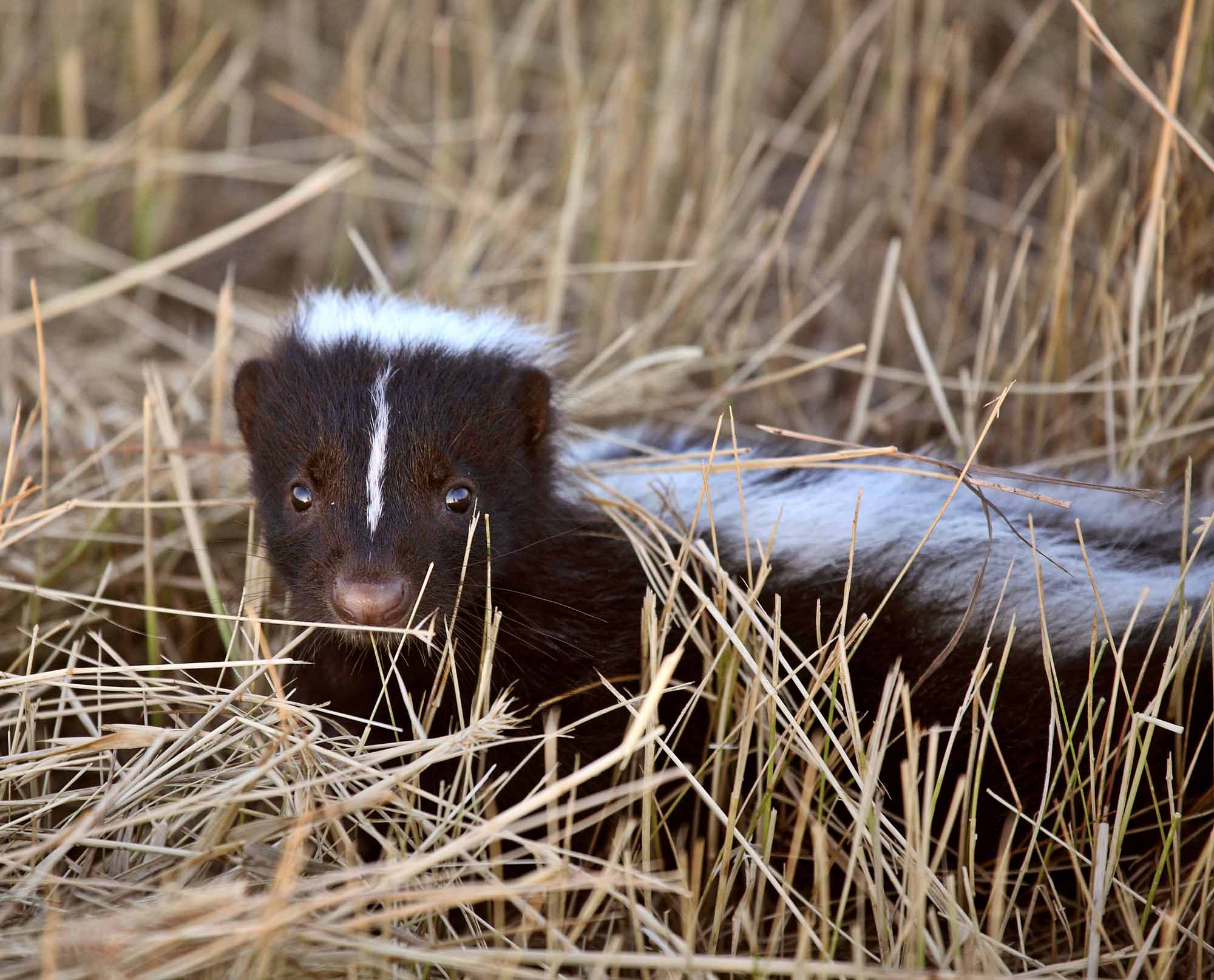
-
Article
Sky
The sky appears its deepest blue when the air is dry and clean. Water vapour and dust scatter all colours of light, causing the blue to appear washed-out and pale.
"https://development.thecanadianencyclopedia.ca/images/tce_placeholder.jpg?v=e9dca980c9bdb3aa11e832e7ea94f5d9" // resources/views/front/categories/view.blade.php
https://development.thecanadianencyclopedia.ca/images/tce_placeholder.jpg?v=e9dca980c9bdb3aa11e832e7ea94f5d9
-
Article
Slug
Slug is a common name for several terrestrial pulmonate and numerous marine gilled species of gastropod molluscs conspicuous by the lack of an exposed shell.
"https://d2ttikhf7xbzbs.cloudfront.net/media/media/51c710f6-6973-4da3-8a4a-d48caed18d86.jpg" // resources/views/front/categories/view.blade.php
https://d2ttikhf7xbzbs.cloudfront.net/media/media/51c710f6-6973-4da3-8a4a-d48caed18d86.jpg
-
Article
Smelt
Smelt (Osmeridae), family of small, iridescent fishes of class Osteichthyes, found in coastal seas, streams and lakes of the northern hemisphere.
"https://d2ttikhf7xbzbs.cloudfront.net/media/media/8e96e384-01b8-4e53-a3be-0cfebd2bee83.jpg" // resources/views/front/categories/view.blade.php
https://d2ttikhf7xbzbs.cloudfront.net/media/media/8e96e384-01b8-4e53-a3be-0cfebd2bee83.jpg
-
Article
Snail
Snail, common name for members of several groups of gastropod molluscs. Snails inhabit all moist habitats, but most forms are marine.
"https://d2ttikhf7xbzbs.cloudfront.net/media/media/37747688-1999-4aab-aa54-6a7d4eb5af62.jpg" // resources/views/front/categories/view.blade.php
https://d2ttikhf7xbzbs.cloudfront.net/media/media/37747688-1999-4aab-aa54-6a7d4eb5af62.jpg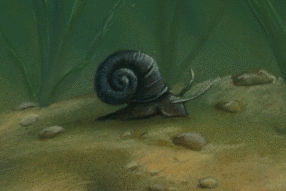
-
Article
Snake Species in Canada
A snake is a long, slender reptile of the suborder Serpentes, within the order Squamata (which also includes lizards). There are 25 species of snake currently found in Canada. In addition, one species, the timber rattlesnake, and one subspecies, the Pacific gophersnake, are extirpated. This means that, while they continue to live in other parts of their range, they are no longer found in Canada. Snake species in Canada belong to one of three taxonomic families: Boidae, Viperidae or Colubridae. Most species live in the southern part of the country; however, the common gartersnake can be found as far north as the 60th parallel, near Fort Smith, Northwest Territories.
"https://d2ttikhf7xbzbs.cloudfront.net/media/media/15a34f7a-129d-4b53-87e4-cea8bb9b67fa.jpg" // resources/views/front/categories/view.blade.php
https://d2ttikhf7xbzbs.cloudfront.net/media/media/15a34f7a-129d-4b53-87e4-cea8bb9b67fa.jpg
-
Article
Snipe
Snipe is the name given to 19 species of small to medium-sized shorebirds (254-406 mm) of the sandpiper family.
"https://development.thecanadianencyclopedia.ca/images/tce_placeholder.jpg?v=e9dca980c9bdb3aa11e832e7ea94f5d9" // resources/views/front/categories/view.blade.php
https://development.thecanadianencyclopedia.ca/images/tce_placeholder.jpg?v=e9dca980c9bdb3aa11e832e7ea94f5d9
-
Article
Snow
The size of a snowflake is related to how far the snowflake has fallen from the sky and to how well colliding snow crystals stick to each other. The largest snowflakes are usually observed near 0° C because of the increased forces of adhesion at these temperatures.
"https://d2ttikhf7xbzbs.cloudfront.net/media/media/c4f935a1-f2c3-4e8b-a92e-7f15d926b364.jpg" // resources/views/front/categories/view.blade.php
https://d2ttikhf7xbzbs.cloudfront.net/media/media/c4f935a1-f2c3-4e8b-a92e-7f15d926b364.jpg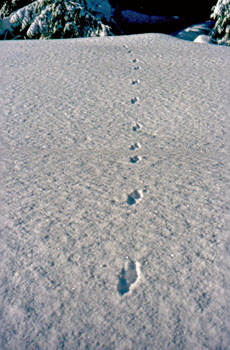
-
Article
Soapstone
Soapstone's use dates back to antiquity: early Egyptians carved it into scarabs and seals; in China and India it was used for ornaments, implements and domestic utensils. It was similarly used at various times over the past 7,500 years by First Nations, Inuit and Norse in Canada (see Inuit Art).
"https://d2ttikhf7xbzbs.cloudfront.net/media/media/a7e8e79a-3e33-47b9-bf7f-900de027e572.jpg" // resources/views/front/categories/view.blade.php
https://d2ttikhf7xbzbs.cloudfront.net/media/media/a7e8e79a-3e33-47b9-bf7f-900de027e572.jpg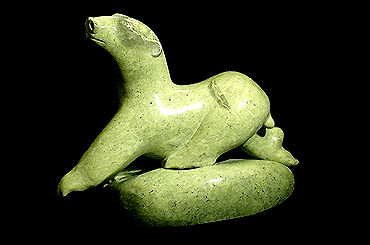
-
Article
Soil
Soil is the thin, fragile surface layer of Earth. It is a dynamic, loose and porous body of variable thickness (between a few centimetres and a few metres). Soil is formed by continuous transformations of rock or deposit through physical, chemical and biological processes. It is one of the two main components of Earth — the other being oceans — in which life is particularly active. Soil is the source and site of many human activities, and human life greatly depends on it. In Canada, agricultural, environmental and natural-resource scientists are at the forefront of research on soil.
"https://d2ttikhf7xbzbs.cloudfront.net/media/media/01f0989f-5102-44b1-82b6-1b7a44b8ff1d.jpg" // resources/views/front/categories/view.blade.php
https://d2ttikhf7xbzbs.cloudfront.net/media/media/01f0989f-5102-44b1-82b6-1b7a44b8ff1d.jpg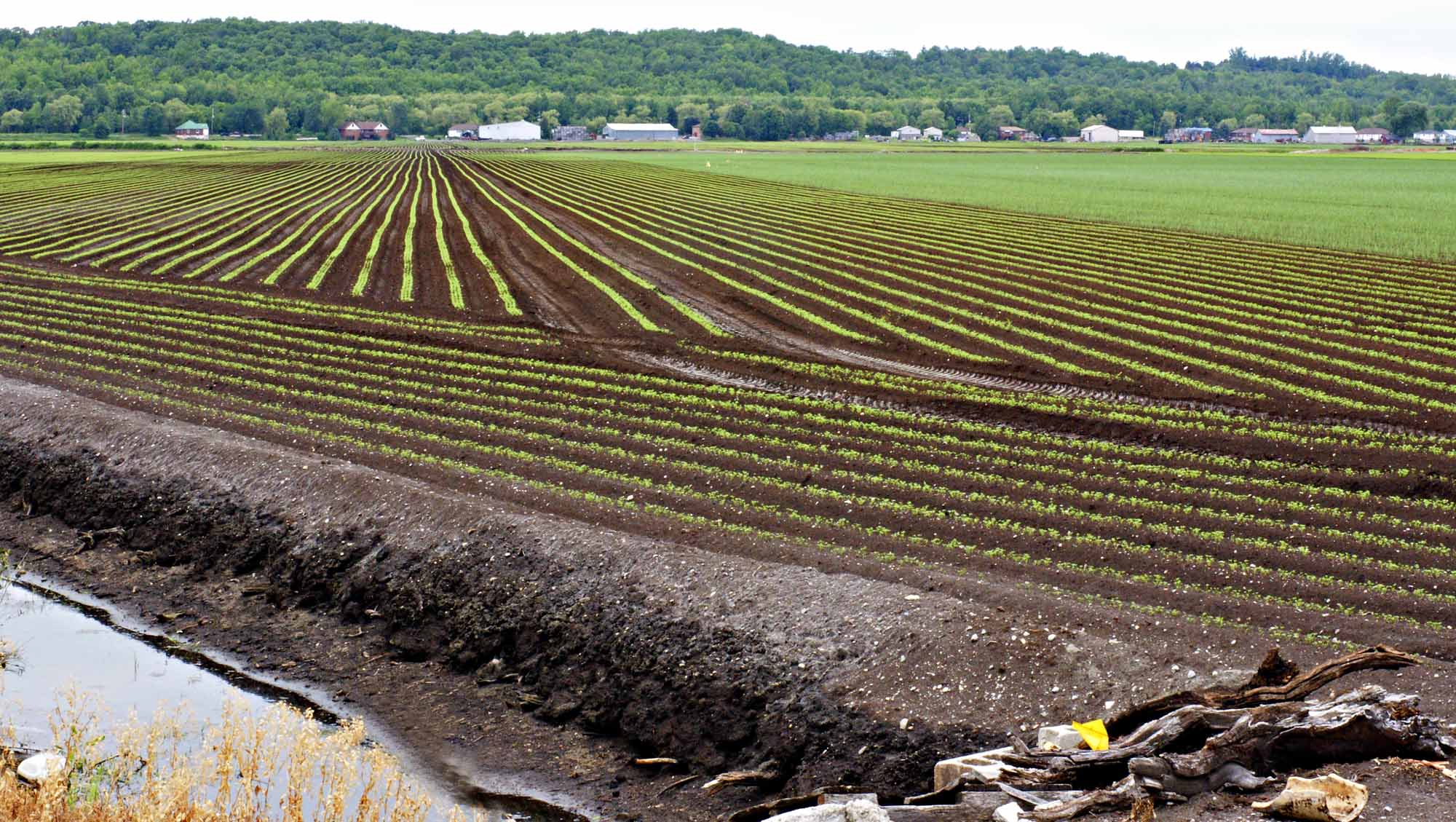
-
Article
Soil Classification
Classification involves arranging individual units with similar characteristics into groups. Soils do not occur as discrete entities; thus the unit of measurement for soil is not obvious.
"https://d2ttikhf7xbzbs.cloudfront.net/media/media/5ab8defa-319b-47f7-a725-b100a41ab8e1.jpg" // resources/views/front/categories/view.blade.php
https://d2ttikhf7xbzbs.cloudfront.net/media/media/5ab8defa-319b-47f7-a725-b100a41ab8e1.jpg
-
Article
Soil Conservation
Soil conservation is a combination of all methods of management and land use that safeguard the soil against depletion or deterioration by natural or human-induced factors.
"https://d2ttikhf7xbzbs.cloudfront.net/media/media/1feca1f5-6d62-4849-ada5-e7b61d404647.jpg" // resources/views/front/categories/view.blade.php
https://d2ttikhf7xbzbs.cloudfront.net/media/media/1feca1f5-6d62-4849-ada5-e7b61d404647.jpg
